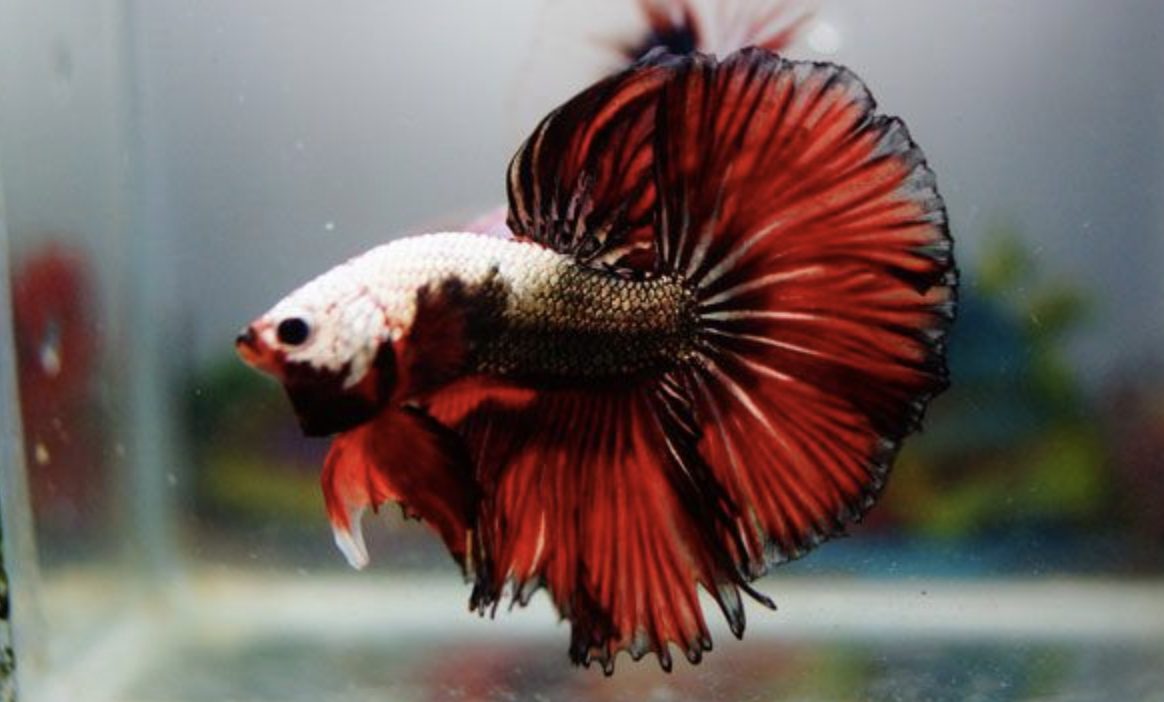Betta fish are known for their beauty. Their big eyes and flowing tails make them popular in aquariums. There are many different types of betta fish, so you will want to research what type you want before buying one. Each betta fish type has its quirks when it comes to feeding and housing. There are a few things you should know before buying a koi fish food. Koi, bucket, and snakeheads all have special needs when it comes to feeding them as well as keeping them as pets. These tips can help you choose the right type of fish based on your preferences.
What is a Betta?
Betta fish, also known as Siamese Fighting Fish, are freshwater tropical fish that are native to Southeast Asia. There are many different types of bettas, such as the common Betta splendens, Betta imbellis, Betta smaragdina, Betta patoti, Betta balbi, Betta macrodactyla, Betta bellica, and Betta prima. They are known for their beauty and have special requirements when it comes to caring. While there are some differences between the variety of bettas, there are a few key things to know about feeding and housing your betta fish.
Feeding Your Betta Fish
Bettas are carnivores and should eat a majority of protein. Some bettas enjoy plants and insects, but most only eat live foods. Bettas can eat crickets, worms, bloodworms, brine shrimp, and other insects. You should avoid feeding your betta fish mealworms since they are high in fat and can make the betta sick.
You should also avoid feeding your betta fish small flies. Bettas can be picky eaters and get finicky when it comes to food. Make sure to feed your betta fish 3 times a day to ensure they get the proper amount of nutrients they need. If your betta fish is getting picky, try to feed them something new. You can also try to change the water in the tank. This can help your betta eat since their sense of smell is very strong.
Koi Care
Koi are a type of betta fish that have been bred in Japan for hundreds of years. While they look like the typical betta fish, they can grow much larger and have different feeding needs. Koi can grow anywhere from 2-16 inches long and should be fed pellets, a small number of worms, and a couple of small insects each week depending on the size of the koi. Some koi varieties have orange or red skin and black markings. You should avoid feeding your koi fish worms since they are parasites and can make the koi sick. Instead, feed your koi fish specially made koi food available at most pet stores.
Betta and Bucket Requirements
Betta and bucket requirements are very similar to koi fish. They are a popular variety of betta and can come in a wide variety of colors and sizes. Betta and bucket fish should also be fed pellets, a few small worms, and a couple of live insects each week. Betta and bucket fish can also eat plants, but you should avoid feeding them lettuce since it has very little nutritional value. Betta and bucket fish should not be kept in the same tank as koi since koi are very large and can eat the smaller betta. If you want both, it is best to keep them in separate tanks.
Snakehead Care
Snakeheads are another type of betta fish that is very popular in Southeast Asia. While there are many different varieties of snakehead, they are very hardy fish and can withstand many different water temperatures. Snakeheads can be kept in water as cold as 50 degrees without an issue. Snakeheads can be fed worms and a few small insects each week, but they also enjoy live fish.
You should avoid feeding your snakehead fish a lot of worms since they are high in fat. It is best to feed your snakehead fish a few small worms and insects each week. Snakeheads have no special requirements when it comes to housing, but they do need a lot of space. They are very aggressive and swim in large groups, so you should avoid keeping them in a small tank.
Conclusion
Betta fish are beautiful and can make a great addition to your home. They deserve special care and attention so you can keep them happy and healthy. Remember to feed your betta fish a diet of mostly live insects and small worms and to keep their water clean. If you follow these tips, you can keep your betta fish healthy and happy.




